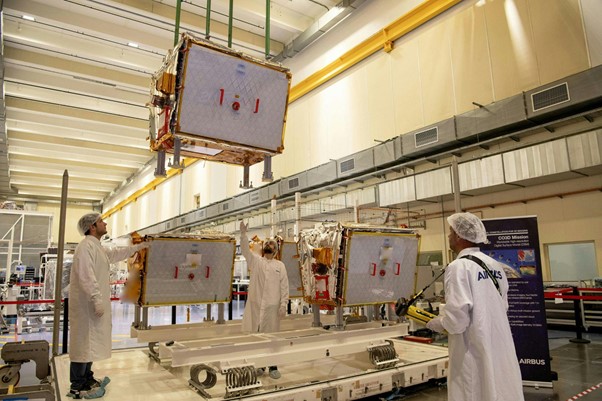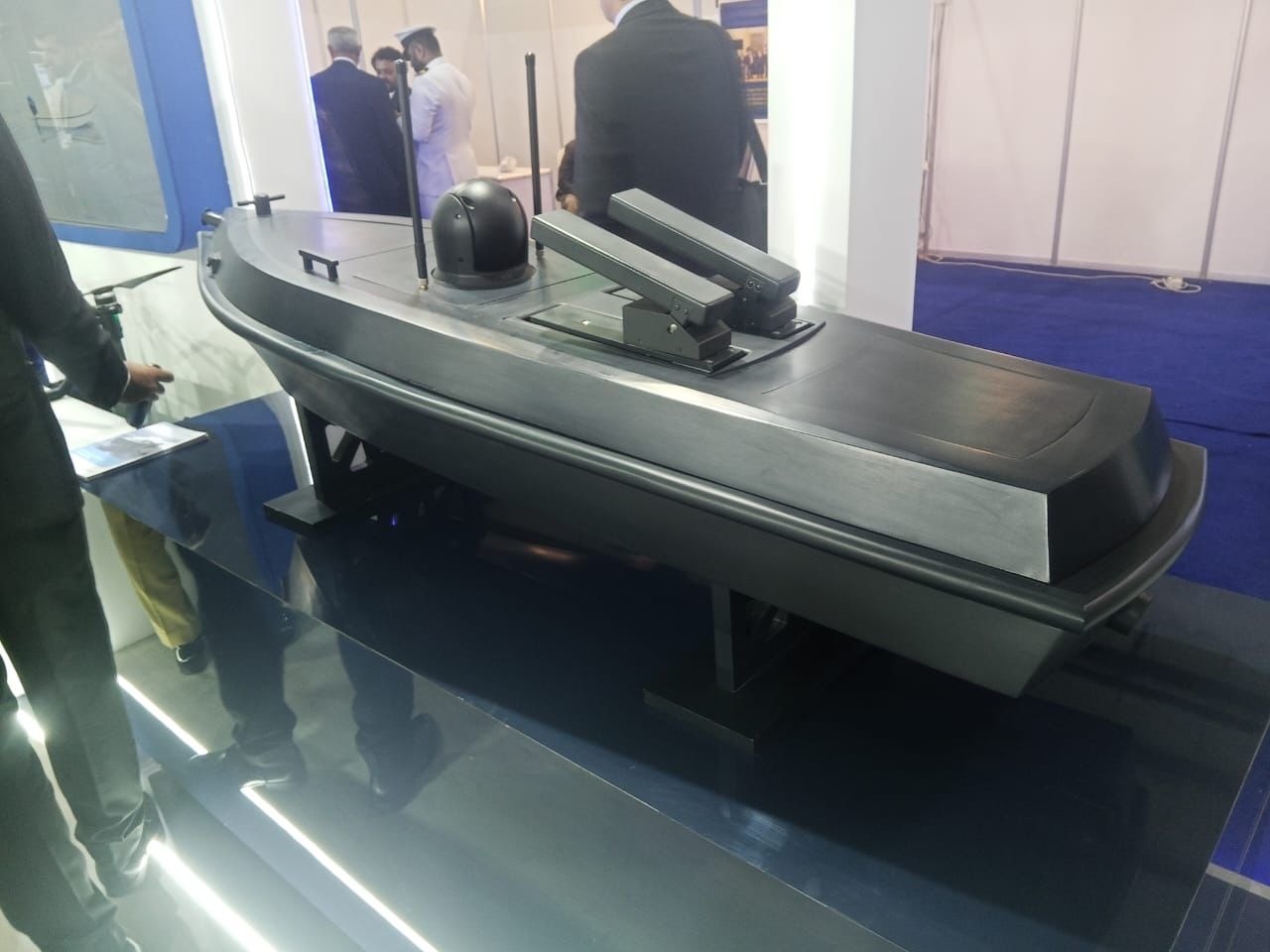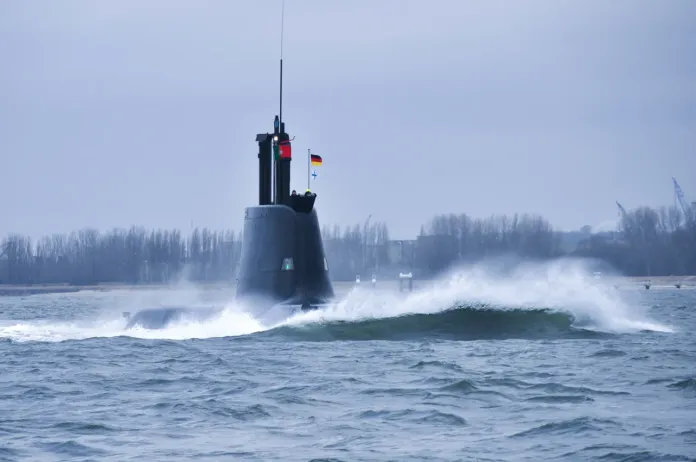Four next-generation Airbus-built CO3D optical satellites have departed Toulouse for the European Spaceport in Kourou, French Guiana, ahead of their scheduled launch by Arianespace on 25 July aboard a Vega-C rocket.
Developed in collaboration with the French Space Agency CNES, the Constellation Optique 3D (CO3D) satellites are designed for dual-use—supporting both defense and civilian needs. They will deliver high-resolution Digital Surface Models (DSM) and 50 cm stereo imagery globally, along with 2D data products tailored for government and commercial users.
Operational Capabilities and Mission Scope
Each satellite weighs around 285 kg and features full electric propulsion. Operating in heliosynchronous orbits at 502 km altitude, the four satellites will be deployed in two pairs positioned on opposite sides of the Earth, separated by 100 km per pair. Their mission will span eight years, during which they’ll generate advanced cartographic data from space.
The output will power a cloud-based ground segment, with image processing developed by CNES. Initial tasks include a 3D map of France and the broader crisis arc, to be delivered within 18 months following a six-month in-orbit testing phase.
Technological Breakthroughs in the CO3D Mission
Airbus and CNES are also showcasing cutting-edge satellite technologies through this mission:
-
LASIN Optical Laser Communication:
A new demonstrator enabling 10 Gbps download speeds, 10 times faster than standard X-band transmission. It will be operated via an optical ground station run by CNES. -
AI-Powered Onboard Processing:
Satellites can host and execute artificial intelligence applications for real-time object detection, including vessels and aircraft. CNES will lead the first onboard demonstration of this capability. -
Low-Light Imaging with Noise Reduction:
A high-performance sensor and innovative control mode enable night-time observation over dark urban areas or low-light zones—making CO3D one of the most versatile optical platforms in orbit.
Strategic and Commercial Implications
According to Alain Fauré, Head of Space Systems at Airbus, “CO3D is a game changer in operational capability and innovation. Supported by CNES, it elevates our S250 platform and meets the growing demand for responsive, high-precision satellite imaging in today’s strategic climate.”
From hydrology and urban planning to military reconnaissance and disaster response, the CO3D constellation is positioned to serve a broad spectrum of applications through Airbus’ expanding suite of optical and radar satellite solutions.
- Global Defense Insighthttps://defensetalks.com/author/umair/
- Global Defense Insighthttps://defensetalks.com/author/umair/
- Global Defense Insighthttps://defensetalks.com/author/umair/
- Global Defense Insighthttps://defensetalks.com/author/umair/











